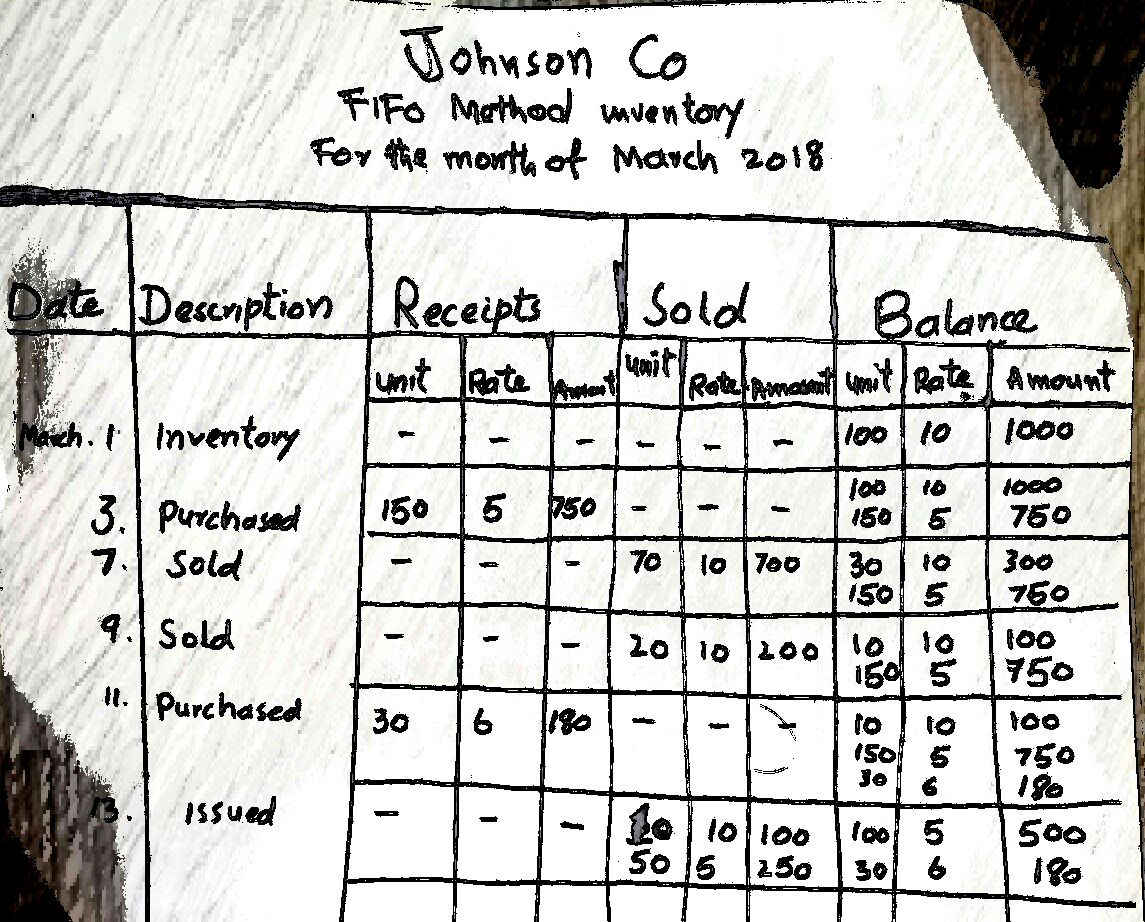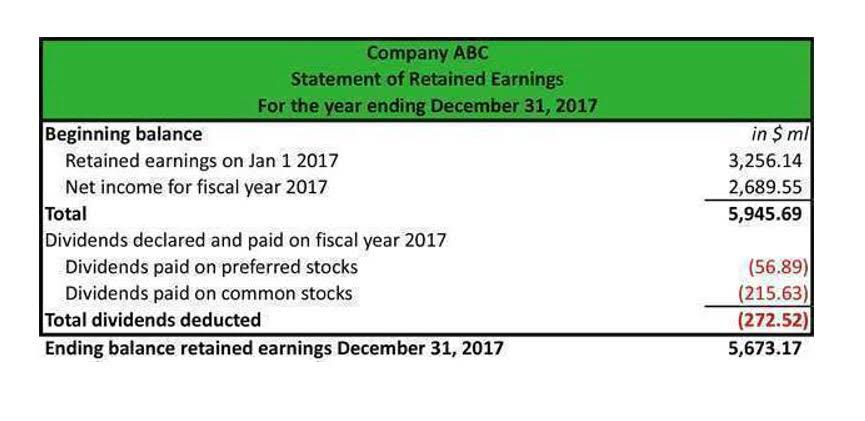Clear communication ensures that all stakeholders understand the budget and their roles in sticking to it. Make sure to explain the key components and how they impact each department. This includes all the wages, benefits, and taxes you paid in the previous year.
Is payroll a business expense?
You must deduct federal—and possibly local and state payroll taxes—income taxes from wages. The worker’s annual income and the number of allowances they specify on their W-4 determine the amount you deduct. Follow this small business payroll expenses guide to learn the answer to these questions, how to calculate your total payroll costs, and how to post them as journal entries. Using payroll software is like having a combination of a powerful, knowledgeable payroll services team with the lower cost of handling payroll manually in-house.
Best Practices for Effective Payroll Budgeting
If you have a lot of employees, consider the cost of outsourcing payroll to a company that offers a flat subscription rate for an unlimited number of employees. If one company’s estimate is significantly lower than the others you receive, read it carefully to see what isn’t included – that can be https://businessandgames.com/what-are-the-basic-components-of-business-processes/ as important as knowing what you are getting. Connect payroll, time tracking, employee benefits, and accounting in one place, so managing more feels refreshingly manageable. Software can streamline in-house payroll by automating most parts of the process that you’d otherwise have to do manually.
Using an existing payroll service
Each journal entry is recorded on a general ledger (GL) that keeps a record of financial transactions for financial reporting purposes. You may also have additional fees if you use payroll or accounting software, such as payroll processing fees, payroll tax filing costs, or other add-on services. Many medium- and large-size companies outsource payroll services to streamline the process. Employers track the number of hours each employee works and relay this information to the payroll service. The payroll service calculates the gross amount the employee is owed based on the pay rate and the number of hours or weeks worked during the pay period.
Depending on your arrangement with your employees, you may cover a portion, or all of the benefits cost. The first $7,000 of a worker’s gross income is taxed at the current employer’s FUTA tax rate of 6%. However, if a state unemployment tax applies to wages, the employer may use a 5.4% FUTA credit to lower the tax to 0.6%. A journal entry is best described as the recording of debits and credits. It generally includes an effective date, a debit amount, and a credit amount.
Employee salaries and wages
And finally, the money paid to independent contractors using 1099 forms should also be reported. One of the significant differences between hiring contractors and employees is their tax responsibilities. As employers, we hold the responsibility for withholding taxes for our employees. As an employer, you likely understand the importance of offering employee benefits. It’s a strategic move that can lead to a happier workforce, higher employee retention, and overall success for your business.
If you use payroll software like Gusto, you can easily pull these reports from their system with just a few easy clicks. Sign up for a Gusto plan and get one month free when you run your first payroll. https://id4.ru/top/?r=rakoviny&u=jacobdelafon Offer will be applied to your Gusto invoice(s) while all applicable terms and conditions are met or fulfilled. Payroll accounting starts with setting up a system that works for your business.
What Is a Payroll Tax Cut?
Having the right information will ensure your payroll journal entries are accurate and save you from having to do correcting entries later. As a business owner, payroll expenses are the costs involved in running a business. Payroll liabilities are costs you, as an employer, would pay for hiring workers. Calculate each employee’s required deductions (taxes and taxable benefits) and subtract them from their gross pay to determine the net income. Keeping track of expenses is one of the main pillars of doing business.
Understanding the accrual accounting method
On the lower end, payroll service can cost $39 per month and $5 per employee. While trying to hire enough employees in-house to handle payroll would probably be more expensive, payroll services can take a sizable bite out of your budget. After you’ve made all pretax https://zumaclub.ru/cuisine-royale deductions, you’ll move on to payroll taxes. Understanding which taxes need to be paid is a good way to start the process. If your employees are unionized, they’ll likely have to pay for their membership and any taxable benefits offered through the union.
Although not as common, some employers will pay their nonexempt employees a salary, meaning a guaranteed amount each week, along with any overtime they work. The first step is to make decisions regarding employee compensation. The allotted compensation can significantly impact employee retention and your business’ cash flow. Running payroll usually requires the HR team to access, compile, and maintain tons of business stats and information. Meanwhile, giving an existing employee a raise—and offering more competitive benefits—can keep them on board. You can keep payroll and productivity in a good position by retaining your best workers.
As discussed above, some payroll liabilities are reclassified into a payroll expense account when payments are sent to a third party. The cost incurred to retain an accountant or a payroll service company is a business expense. Taxes are withheld from pay to fund income tax, Social Security, and Medicare tax liabilities. A potential downside is that this software may be a little pricey for companies with a small number of employees. It will still be less expensive than a payroll service but more costly than doing the work manually.
- You have to calculate the gross pay for each employee, determine how much to withhold from every paycheck, and comply with state and federal regulations.
- The worker’s annual income and the number of allowances they specify on their W-4 determine the amount you deduct.
- These could be RRSP and TFSA contributions, where the employer adds a portion to the employee’s contribution.
- Let’s calculate those hours and minutes to get the total hours worked for the period.
Calculating payroll becomes more complex as you hire additional employees. The ultimate goal is to pay employees and all applicable tax agencies the correct amount and on time. While some employers choose to calculate everything manually, others use online tools like payroll calculators and software.
 If you are a salesperson on the other side of these transactions, you might want to find out what your sale price will be.
If you are a salesperson on the other side of these transactions, you might want to find out what your sale price will be.














